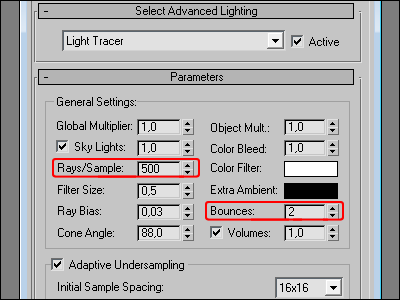
Should be enough to watch the preview in a realtime viewport in Max to know if the movement feels leisurely enough, so doesn't need a test render to get a good sense of just how fast a movement is going to take. You could try and save render time by stretching things out in the video editor to slow it down, but there's not a lot of wiggle room there before it begins to look jumpy, and if quality is an issue, usually better to have the right number of frames matching the frame rate of the final video. However, usually you want to avoid large movements in short amounts of time anyway, especially in arch-viz, so likely not an issue - make the movement take more time is the better solution! To make large movements in a short amount of time you may have to render more frames and then use the time stretching / shrinking in your video editor to reduce how much time that occupies, and get the video editor to do blending between the frames. The other thing to think about is how much of a difference there will be between one frame and the next, to avoid the animation looking jumpy. Then you can think in terms of how fast a movement would be unpleasant in the real world - a camera pan across a whole building in just 2 seconds (if we assume your final video will be 30 fps, your 60 frames are just 2 seconds)) is likely going to be rather fast and unpleasant, especially for an arch-viz use where things tend to be slow, leisurely, relaxing, etc.

Either way, this will tell you how many frames are required for 1 second of animation (60 frames for 1 second at 60 fps, 30 for 30 fps). 60fps is awesome, but requires twice as many frames as the more regular 30 fps.

The first question is what frame rate your final video will be.


 0 kommentar(er)
0 kommentar(er)
